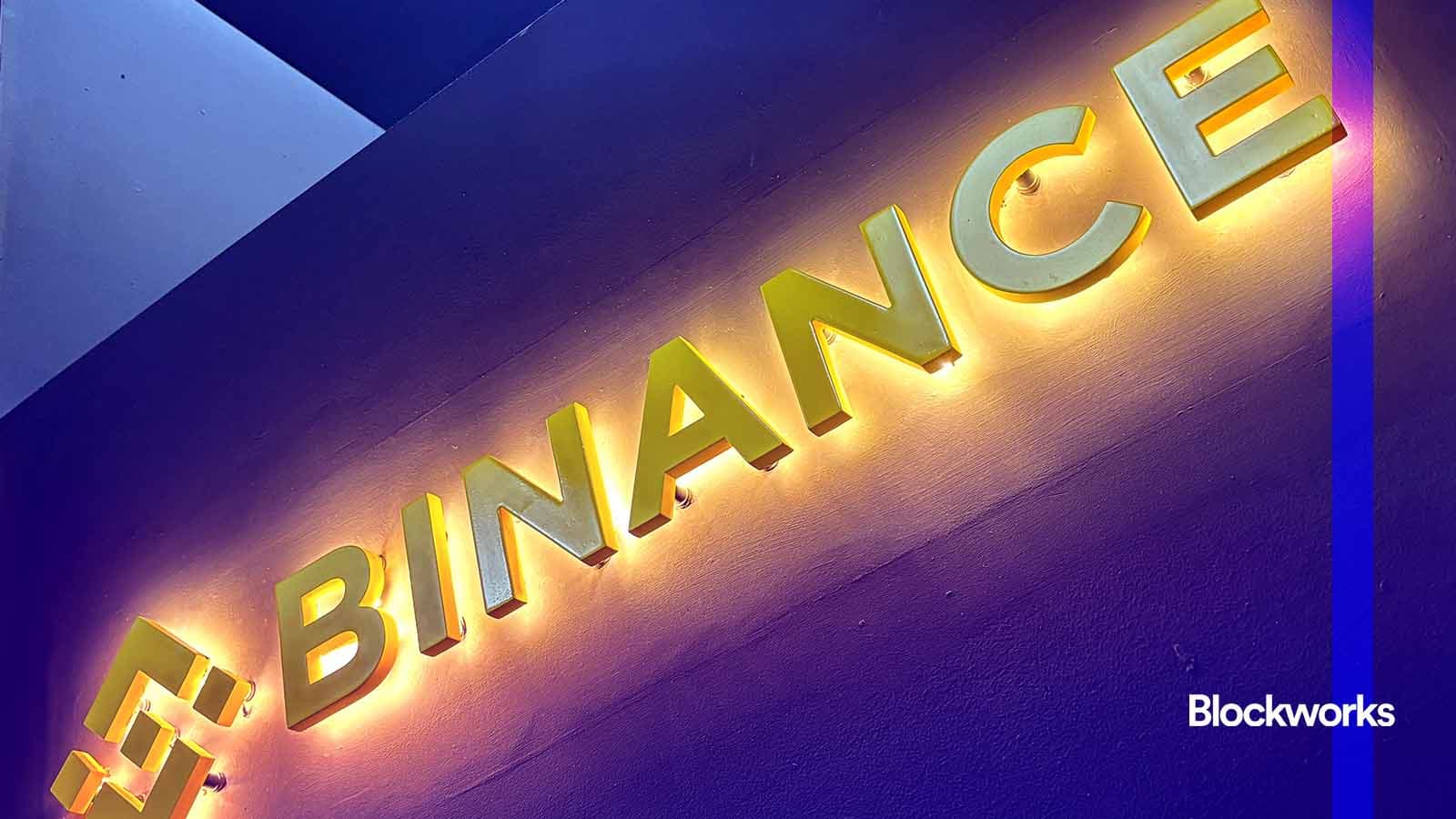Crypto founders criticize Binance listing process
Three founders confirmed that Binance asked for some token supply in exchange for a listing

Fred Marie/Shutterstock modified by Blockworks
Some crypto founders releasing tokens end up giving a portion of the token’s supply to Binance in order to be listed on the exchange. Just don’t call it a listing fee or imply Binance makes money from it.
Binance argues that it does not make money from token listings since it reinvests the assets in its users. It also contests the term “listing fees” to describe its token allocations.
But regardless of how it’s described, and despite the sometimes steep cost of a Binance listing, engaging with the world’s largest exchange is likely still a good business decision for crypto founders.
Three founders granted anonymity to discuss their dealings with Binance told Blockworks that the world’s largest crypto exchange asked for a percentage of their token supply in order for their tokens to be listed on Binance.
These offers can be negotiated, of course, and not every project ends up giving the same amount of supply to the exchange. One source at a Binance-listed project said they ended up giving none of the token’s supply to Binance. A second source said they agreed to give Binance 3.5% of their token supply, which were earmarked for airdrops and marketing.
Although the concept is nothing new in crypto, the most recent flareup in interest surrounding Binance listings was kicked off by CJ Hetherington, founder of the prediction market startup Limitless. Hetherington posted an alleged token listing offer from Binance that would have given the exchange control over 8% of the Limitless token supply. The post gained over 3 million views on X.
Binance’s customer support page on X called Hetherington’s post “false and defamatory” and implied that Binance could take legal action. It then deleted the post and replaced it with a slightly more PR-friendly one from Binance’s main account.
“Binance does not make money from the listing process. All project token allocations go 100% to users,” Binance said, continuing later: “Our business model is simple: small trading fees, not listing revenue.”
Binance founder and former CEO Changpeng Zhao called Hetherington a “loser” in a post from his personal page.
It may be a red herring to say Binance doesn’t make money from the listing process. Binance says it routes token allocations to its users for things like airdrops. However, in order to qualify for Binance airdrops, users often must complete actions that can make money for Binance, such as purchasing tokens or holding assets on the exchange.
Founders certainly don’t seem too appreciative. One founder who didn’t end up listing their token on Binance said the exchange listing process in general is “extremely predatory” and “made [them] lose a lot of faith in the industry.”
A second founder who did gain a Binance listing said, “I never want to deal with their listing team again.”
But lest we feel too sorry for the poor founders, it’s worth noting that no one is forcing projects to be listed on Binance. It’s one exchange among many, and crypto projects who end up ponying up some of their supply for a Binance listing are betting that the exchange’s distribution will make the dilution worthwhile.
In July 2025, Binance accounted for 39.8% of crypto exchange market share, according to a CoinGecko report. Binance’s market share is greater than that of the next five biggest exchanges combined, according to the report, which notes that Binance processed nearly $700 billion in trading volume in July.
Due to its size, Binance can offer listing terms that other exchanges don’t have the leverage to ask for.
“[O]ther exchanges were incredibly reasonable compared to [Binance],” said one of the founders.
Despite the annoyance of listing standards, it’s probably good business for crypto projects to continue working with Binance, said Switchboard co-founder Chris Hermida, who declined to comment on his startup’s SWITCH token.
However, some high-performing tokens may be able to get by without a Binance listing. Hermida gave the example of Hyperliquid’s HYPE token, which has grown to over $10 billion in market capitalization in under a year without a Binance listing.
When reached for comment, a representative for Binance pointed Blockworks to Binance’s post on X.
Get the news in your inbox. Explore Blockworks newsletters:
- The Breakdown: Decoding crypto and the markets. Daily.
- 0xResearch: Alpha in your inbox. Think like an analyst.






